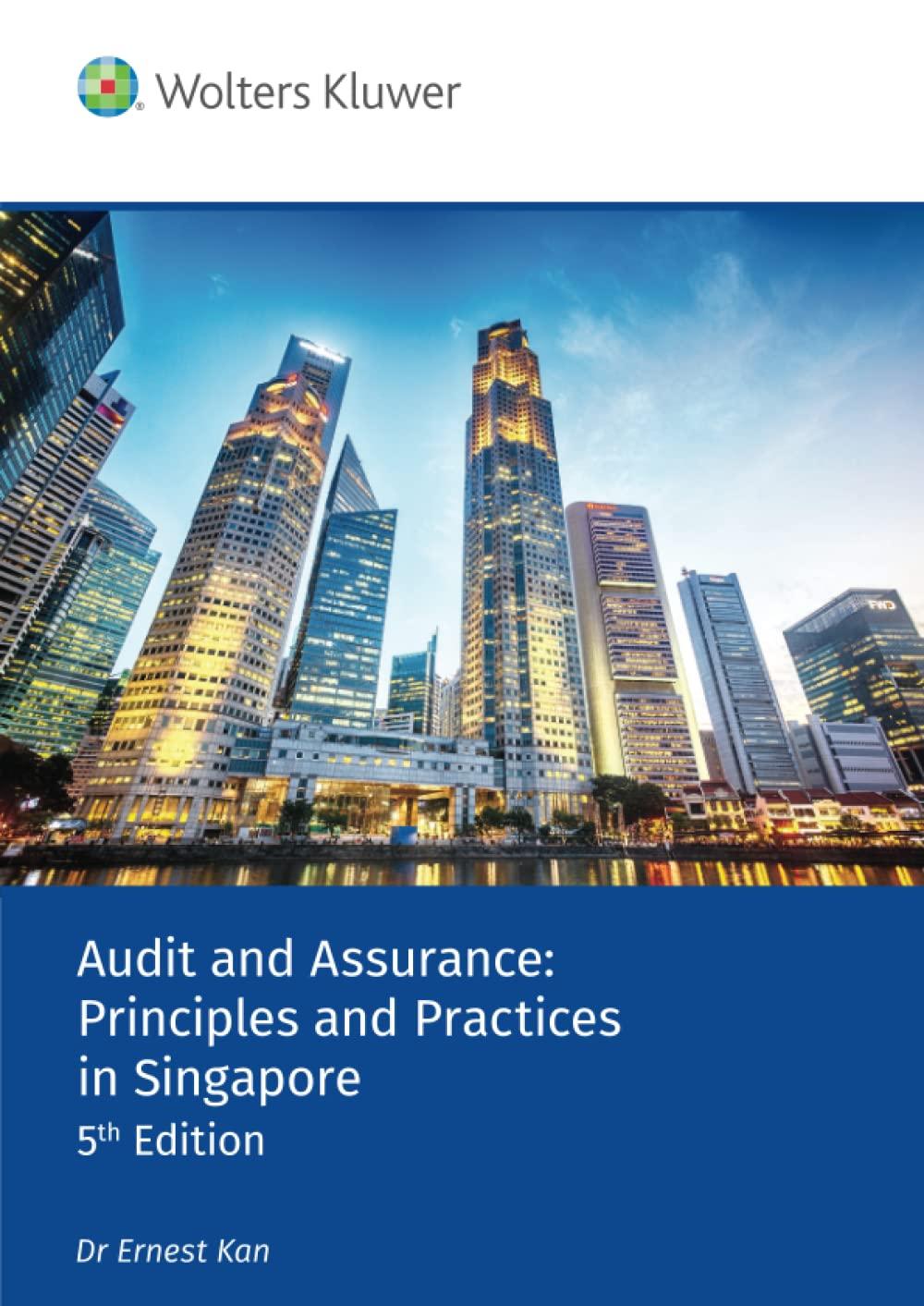Calculator Mastery Problem: Evaluating Decentralized Operations BOR CPAs, Inc. BOR CPAS, Inc. is a closely held corporation owned by three stockholders who used the initials of their last names to form the corporation's name: Cyrus Bailey, John Ogden, and Samuel Rogers. The firm's Certified Public Accountants (CPA) perform audits of both public companies and privately owned companies. BOR'S CPAs also provide tax services to both individuals and businesses. The corporation is divided into two profit centers: the Audit Division and the Tax Division. Each division is composed of two cost centers. The Audit Division is composed of two cost-center departments: Public Company Audits and Private Company Audits. The Tax Division is composed of two cost-center departments also: Individual Tax and Business Tax. BOR, a decentralized organization, is interested in evaluating the performance of the two divisions. The stockholders are responsible for deciding on investment in the two divisions. Cyrus Bailey is in charge of the performance evaluation, and turns to you for assistance. Mr. Baley is only interested in evaluating operations at the profit center (division) level, and not at the cost center (department) level. Mr. Bailey is considering temporarily using some of the staff from the Tax Division to assist the Audit Division during the upcoming busy audit season, and would like to evaluate the effect of this on net income. The Tax Division is estimated to have 800 hours of excess capacity. The unit for determining sales revenue in both divisions is the 'engagement, which means the total agreed-upon work for a given client in either audit or tax for a given year. The company charges on average a fee of $75,000 per audit engagement, and $15.750 per tax engagement. The company has its own Payroll Office, which provides payroll services to both divisions and will allocate its total expenses to the two divisions as support department allocations The following chart shows some basic data for the company: $110 Hourly market rate for staff (the price the company would have to pay from an outside contractor for staff services) O more Check My Work uses remaining Email Instructor Save and Exit All work saved. Submit Assignment for Grading Calculator The following chart shows some basic data for the company: Hourly market rate for staff the price the company would have to pay from an outside contractor for staff services) 340 Average hourly cost rate for staff (the average price the company pays to its staff) Number of paychecks issued by Audit Division Number of paychecks issued by Tax Division Total expense for Payroll Office Amount of assets invested in Audit Division by BOR CPAS, Inc. Amount of assets invested in Tax Division by BOR CPAS, Inc. Payroll $31,500 $10,000,000 $4,000,000 Mr. Balley would like you to start by analyzing the Payroll Office expenses, and allocating the total expenses to each division. He has decided to use the number of payroll checks as the activity base for the allocation Fill in the following blanks, allocating the total expense for the Payroll Office to each of the two divisions Payroll Charge Rates per payroll check Support Department Division Allocations Audit Division 1.138.18 Tax Division $ 262.65 Wong








